Tan Barbara la Seguridad Como el Delito
Tan Barbara la Seguridad Como el Delito is an original etching realized by Francisco Goya , 1st edition Gazette des Beaux arts, it was realized in 1867.
Sheet dimension: 25,5 x 16,5 cm.
Collect Original Etchings On Wallector.com!
Tan Barbara la Seguridad Como el Delito is an original etching realized by Francisco Goya , 1 st edition Gazette des Beaux arts, it was realized in 1867.
Sheet dimension: 25,5 x 16,5 cm.
In excellent conditions.
Here Goya is representing a man suffering from being prisoned and being tortured, his hands are tied with chains, his face is hidden by his hair. This artwork is included in the album of his Disasters of War prints.
Los Desastres de la guerra.
Collocated between the Caprichos (1799) and the Disparates (1815-1824), the Desastres de la guerra are the second printed cycle by Goya.
The scenes of the Desastres don’t use the evocative element of the sleep/dream, that is at the center of the Caprichos. This second cycle imposes a daily vision, without filters; this vision captures some representations of reality, that are characterized by the horrors of the war.
This series of prints can be divided into three parts, in which the artist describes: the war’s events against France, the famine of Madrid (1811-1812), and by using some metaphors, the negative elements of the church and of the monarchy. The Desastres de la guerra begin and end with allegorical images, personal elaborations of the religious iconography, that contrast with a vision exclusively journalistic and historic of this set.
In these engravings, Goya leaves the veil of the aristocratic and military rhetoric often used by the artists, and he shows the war in a direct way, demonstrating that it’s only violence and cruelty. The enemy army has no face, is a simple killing machine, and people die without any reason, becoming objects that have lost dignity.
Francisco José de Goya y Lucientes (March 30th 1746 - Bordeaux, April 16th 1828),
Francisco Goya, the Spanish painter and printer, was one of the rare artists that, through their work, not only gain the recognition and admiration of their contemporaries, but influence the development of future art.
Born in Fuendetodos to a middle-class family originating from Aragona, he was the fourth of six brothers.
Studying with José Buzàn y Martinez, and in Madrid under Velasquez, and entered the group of R. Mengs where he met Tiepolo. After going to Roma and Venice, he returned to Spain to paint the dome of Santa Maria of Pilar basilica in Zaragoza with frescoes showing Tiepolo's influence. In Madrid he was uncomfortable with his academic style, despite the fame gained in the king's court for his very lively style and refined artistic taste. He had started his most productive and busy period of his life. He returned to Zaragoza to paint frescoes in the cathedral (commissioned by Bayeu) but left the work incomplete and instead started to paint portraits and also started “Caprichos”.
Goya's main success was under the reign of Carlo IV but when the power of Ferdinandi VII increased under the French occupation, he went into exile in Bordeaux. In 1799 he painted the family portrait of Carlo IV and attracted the friendship of the king. Goya was close to the poor, something that is reflected in the “Desastres de la guerra” print, and to which he dedicated his work during his stay in France. Goya travelled to Zaragoza to paint the companies of the Spanish resistance, but left Spain for Bordeaux after the onset of deafness and painted the Milkmaid of Bordeaux. He died in Bordeaux in 1828.




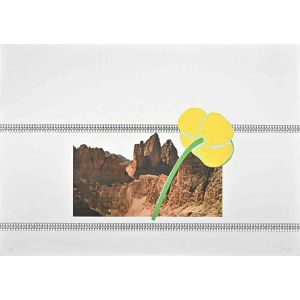
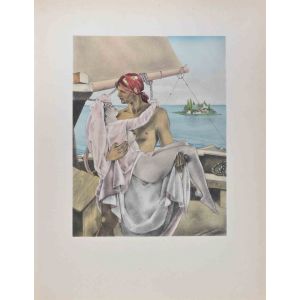
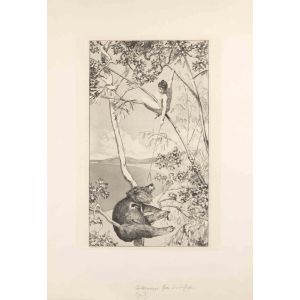
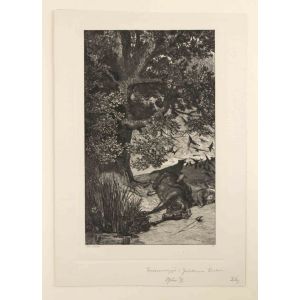
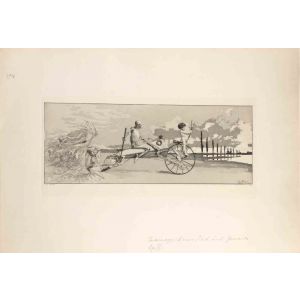
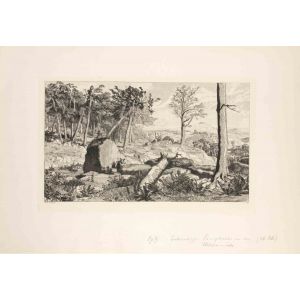
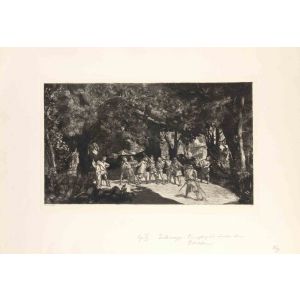
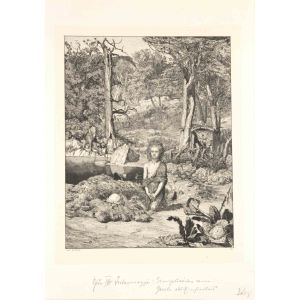
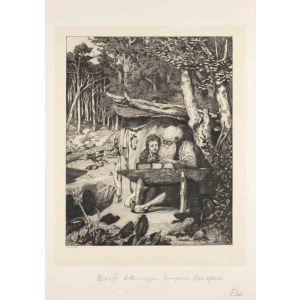
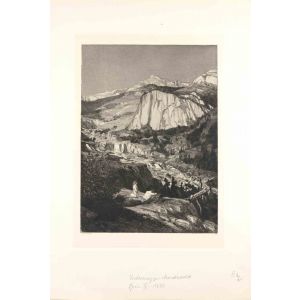
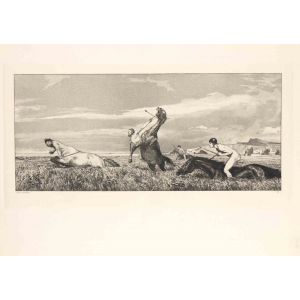
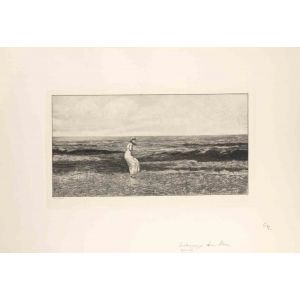
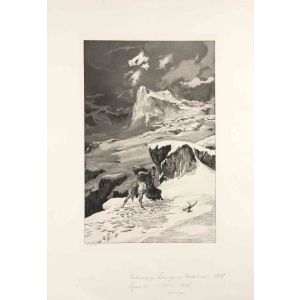






















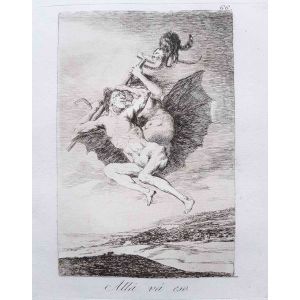
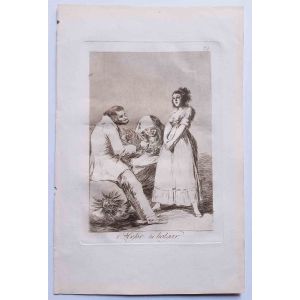


Validate your login
Sign In
Create New Account